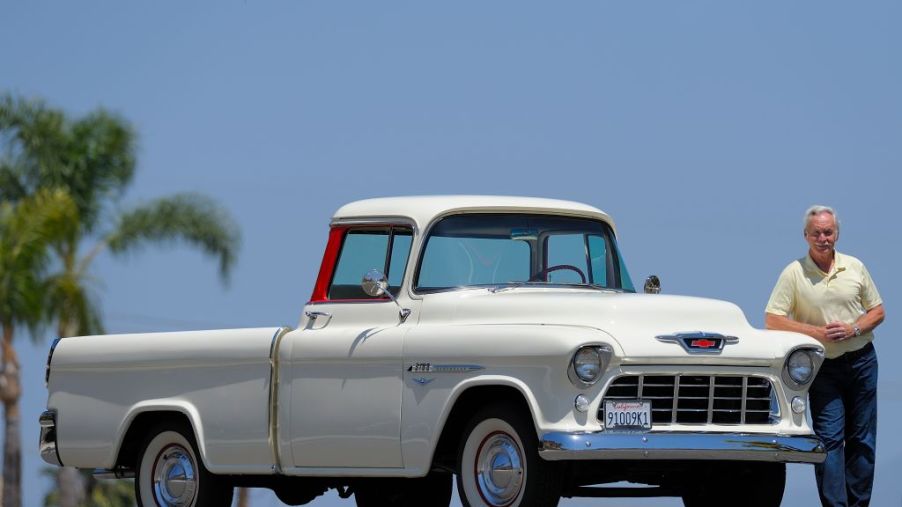
Why Trucks Are Called Pickup Trucks
Pickup trucks have been in existence for more than 100 years. They include a modified truck cab and an open back, which makes it possible for owners to haul things — that’s actually where the name “pick up” comes from.
Over the years, pickup truck styles have varied greatly, evolving to be immensely popular today. Let’s look back at where it all began and how pickup trucks came to be.
Early beginnings (1896-1935)
Gottlieb Daimler built the first-ever pickup truck, dubbed vehicle No. 42, in 1896. The vehicle was a horseless wagon fitted with a 1.1-liter two-cylinder engine that made four hp. It was advertised to have a maximum payload of 3,300 pounds. However, this estimation was widely challenged.
The invention prompted factories like Reo, Auto Wagon, and Autocar to begin producing pickup trucks in the early 1900s. In 1918, Chevrolet joined the party, producing a pickup truck model that resembled early cars with a rear body frame that was cut away.
Pickup trucks didn’t start becoming popular until 1925. That year, Ford began offering amenities like an optional truck bed in its Model T Runabout. In 1929, Chrysler produced the half-ton Dodge pickup truck, the first of its kind.
The 1930s led to a shift in truck design as foreign companies like Toyota entered the field. What’s more important, however, is that the automobiles of the era sat lower to the ground. This meant you were no longer able to convert a car into a truck by cutting off the back.
It’s safe to say that America’s relationship with pickup trucks really began in the late 1920s after Chrysler acquired the Dodge Brothers and started building the Fargo trucks. The Merchants Express, built by Dodge in 1929, was one of the most notable pickup trucks of this era.
Chevrolet built a lightweight version, fitting it with an overhead valve six-cylinder engine. To counter Chevrolet’s efforts, Ford built the Flathead six-cylinder engine truck in 1933.
Post-war evolution (1947-1955)
After World War II, companies increased their truck production efforts. This further boosted its popularity, especially in America. Dodge came out with the B-Series, Chevrolet produced the 1947 ¾ ton Model ER, and Ford released the first generation F-Series, which ran from 1948 to 1952.
While many Americans moved to suburbs in the ’50s, a majority of jobs stayed in the cities. This increased the demand for vehicles, and new truck models were introduced. One of them was the 1955 Chevy truck, which featured the first contemporary overhead valve V8 engine.
Modern evolution (1960s-2000s)
The ’60s saw the pickup truck evolve even further when Datsun and Toyota introduced the compact pickup truck. The pickup truck transmission was also improved, helping them travel farther at higher speeds while hauling heavier loads.
In the ’70s, Dodge released the 1972 Dodge D200 Camper Special for those eager to travel. GMC, however, focused on consumers interested in hauling heavy loads. It launched the crew cab and updated its previous models. It also introduced a full size extended cab truck in 1988. (The extended cab concept was introduced in 1983 when Chevrolet built the S-Series extended model.)
The ’90s were arguably Ford’s best decade due to the F-Series’ growth. Ford completely redesigned the F-150’s 10th generation in 1997, giving it a roomier interior, better fuel economy, and progressive dynamics. This decade also saw the Ram pickup truck release in 1993. Aside from adding power, GMC expanded with luxury pickup trucks. It released the Sierra 1500 Denali truck, which had stunning features.
Throughout their existence, pickup trucks have regularly experienced an improvement in style, technology, capability, and reliability. With even stiffer competition, we think this will only continue.


